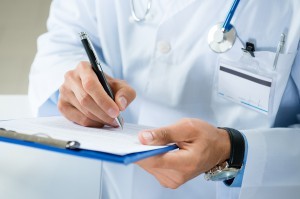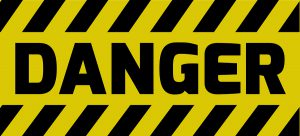Finding the right antidepressant medication requires a trial and error approach. Currently, there exists no test to accurately measure symptoms. So the doctor doesn’t really know what to prescribe. They select one from a list, prescribe it and monitor your teen over 4-12 weeks (this is how long it takes to see benefits and qualify a medication) to see if what they’ve chosen works. If not, they try another medication. This process continues until they find what works.
How doctors prescribe antidepressants:
There are approximately 22 antidepressant medications on the market that have been approved by the American Federal Drug Association (FDA). They fall under four categories, labeled for the brain chemical they target. (each variety is explained below).
For teens you’ll need to be aware of the following – information take from NIMH.com (National Institute of Mental Health):
Recently, there has been some concern that the use of antidepressant medications themselves may induce suicidal behavior in youths. Following a thorough and comprehensive review of all the available published and unpublished controlled clinical trials of antidepressants in children and adolescents, the U.S. Food and Drug Administration (FDA) issued a public warning in October 2004 about an increased risk of suicidal thoughts or behavior (suicidality) in children and adolescents treated with SSRI antidepressant medications. In 2006, an advisory committee to the FDA recommended that the agency extend the warning to include young adults up to age 25.
In order to choose an appropriate medication for your teen, your doctor may consider these factors:
- Your teen’s situation. Each case of depression is different, which means so are the symptoms. The doctor will like assess your teen’s situation and choose an antidepressant that is likely not to amplify a negative issue they are dealing with. For example, if they are severely overweight or have an eating disorder a doctor will try and prescribe a medication that does not have a side effects of weight gain because that will only make the situation worse.
- Your teen’s lifestyle. Antidepressants have side effects that can unobstrusive but annoying (ie. dry mouth). A doctor may ask you some lifestyle questions to help him discover what a good medication would be. For example, if you are a man trying to have a baby with your wife, taking a low sex drive medication may not be helpful.
- Your teen’s current physiology. The doctor will evaluate your teen’s current physiology, this includes taking into account other health conditions you may have.
- Your teen’s genetics. If you have a family members that take antidepressants the doctor may prescribe the same treatment to your teen. Often genes play a role in how a patient reacts to a medication. If it work for a family member with a similar genetic predisposition then it may be effective for you.
- Your financial capabilities. If you do not have medical coverage antidepressants can cost up to $350/month. Some antidepressants are cheaper than others.
- Your teen’s other medications. Is your teen taking other supplements and/or medications? This will be considered as some medications work negatively together.
How do anti-depressants work?:
The basic premise of an antidepressant is that once you take it the drug passes through your body via your blood and into your brain. There, it targets a specific brain chemical (or chemicals) that control your mood.
If you read the word “inhibitor reuptake” what that means is that the drugs stops a process where the chemical does not re-enter the brain cell, which it would normally do. That means, less of the chemical remains in the nerve cell.
The brain chemicals that are targeted by these drugs are called: Dopamine, Serotonin, and Norepinephrine
Selective serotonin re-uptake inhibitors (SSRIs)
These medications are safer and generally cause fewer bothersome side effects than other types of antidepressants.
Common SSRIs by drug name include: Prozac, Selfemra, Paxil, Pexeva, Zoloft, Celexa, Lexapro
Serotonin and norepinephrine re-uptake inhibitors (SNRIs)
Common SNRIs by drug name include: Cymbalta, Effexor XR, Pristiq, Khedezl, Fetzima
Norepinephrine and dopamine re-uptake inhibitors (NDRIs)
One of the few antidepressants not frequently associated with sexual side effects.
Common NDRIs by drug name include: Wellbutrin, Aplenzin, Forfivo XL.
Tricyclics
Not many doctors prescribe tricyclics these days, though they are still effective for many people. They are often used after other drugs haven’t work. They’ve been replaced because they tend to have more side effects.
Cyclic antidepressants block the absorption (reuptake) of the neurotransmitters serotonin (ser-o-TOE-nin) and norepinephrine (nor-ep-ih-NEF-rin), making more of these chemicals available in the brain. This seems to help brain cells send and receive messages, which in turn boosts mood.
Norpramin, Tofranil, Pamelor, Vivactil, Trimipramine, Surmontil
MAOIs Using an MAOI requires a strict diet because of dangerous food interactions. Selegiline (Emsam), a newer MAOI that you stick on your skin as a patch, may cause fewer side effects than other MAOIs
Atypical antidepressants
Oleptro, Remeron, Brintellix, Viibryd


